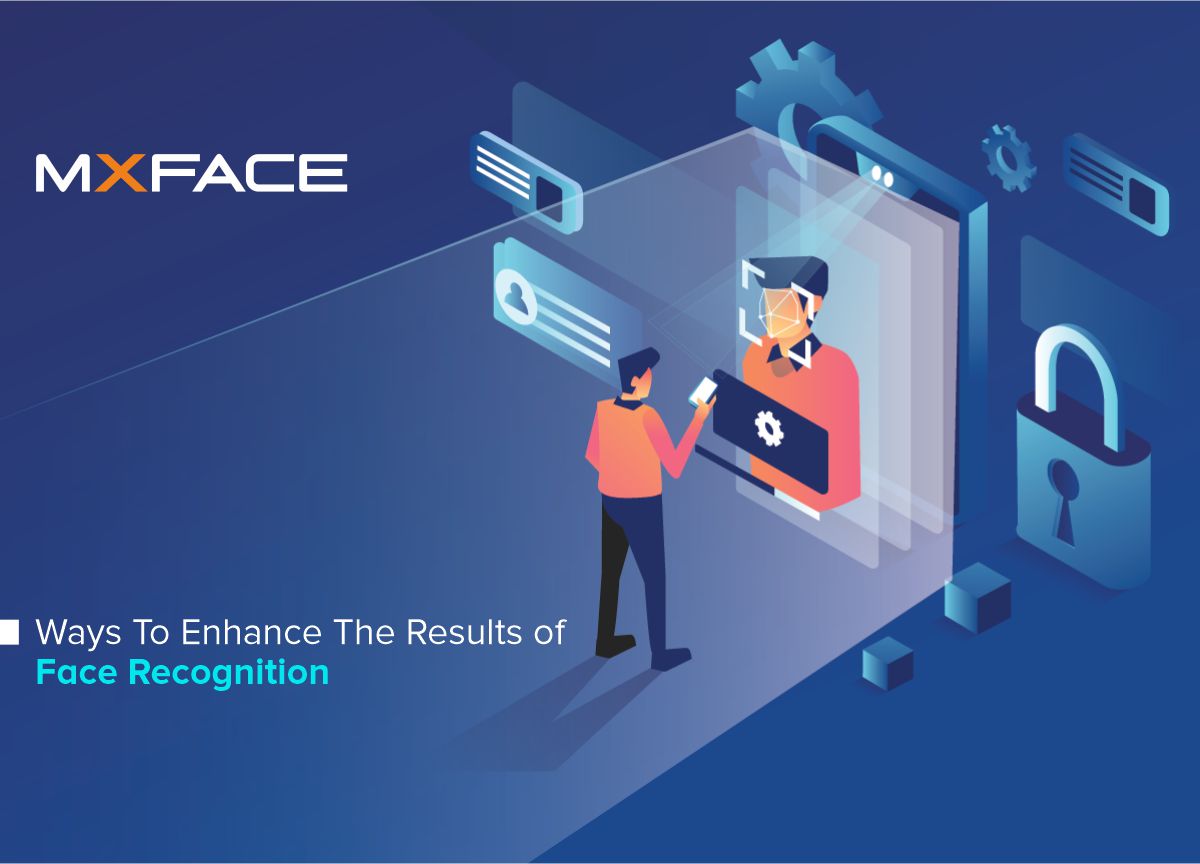Ways To Enhance The Results of Face Recognition

Face recognition use has increased rapidly in the last couple of years, especially in web applications and surveillance systems. But technology is evolving with time and changing scenarios. It has to. As the technology spreads to various sectors, it faces hindrances in face detection due to illumination, occlusion, face angle, varying resolutions, inefficient comparison, and face search. Researchers are improving the API algorithms to overcome these hindrances by enhancing the capability of each element of facial recognition. Let's check how it is accomplishing in the industry. In fact, the improving algorithms very much depend on the existence of the technology.
How does face recognition works?
Before answering this profound question: how to improve face recognition, it's essential to address the facial recognition process. The facial recognition method consists of three stages: face detection, face normalization, and face identification.
The Face detection stage finds a face from an image or video image in an uncontrolled background. You may see a face bounding box in every facial recognition system; it is the method of detecting faces. That is very important in determining the overall accuracy of the system. It varies according to the camera resolution, detection algorithm (how fast and precise they are), background, illumination, and other occlusions.
In the second stage, the detected face has to crop out of the image to normalize it. Algorithms normalize the image by reading the facial key points. The method converts the distance between these key points into a numerical code representing the unique facial characteristics. The keypoint-based method is popular since it is simple, fast, and accurate.
Finally, face identification happens through face comparison. The normalized face has to compare with the system database to find a match. The face identification method is most critical in the performance of facial recognition. It either compares the scores of both sample and template or finds matching only from classifications.
How to improve face recognition?
As mentioned above, face detection, normalization, and identification have a critical role in face search and recognition. Environmental circumstances and lighting may affect facial identification, although this may address using high-resolution cameras and powerful algorithms. A good algorithm detects maximum faces from a crowded image. Also, the image quality has to improve so that each face from an image can be normalized and compared.
Similarly, the deep normalization pattern improves the facial recognition system. The number of face landmark points acquired from a face varies with software. The landmark point count should be high or enough to read every tiny face characteristic for improved comparison and recognition.
The final and most crucial factor in enhancing facial recognition is face identification. Sample photos and templates are used to train AI-powered facial recognition. The greater the number of samples given, the more exact and trained the AI will be. That improves the overall performance of the facial recognition system. The face database should be properly maintained to avoid label noise (incorrectly labeled to be within the dataset) and classification. If image classification is employed to compare images, the classification for templates and samples must be highly exact.
Besides, there are various identification and comparison methods. Choosing them wisely helps improve performance. One-to-One comparison is recommended for a controlled environment like the police station, airport check, healthcare, etc. One-to-many has applications in surveillance and security systems. It finds matching faces from an extensive network of CCTV systems.
Conclusion
Choosing a face recognition API is not as simple as selecting a facial recognition camera. To start, one must comprehend the technology and delve deeply into the API's specifics. Understanding the ability that may aid our apps and the security of face templates must be prioritized.
Contact us: https://mxface.ai/contact. We provide cutting-edge facial recognition API and educate our clients on technology.


Comments